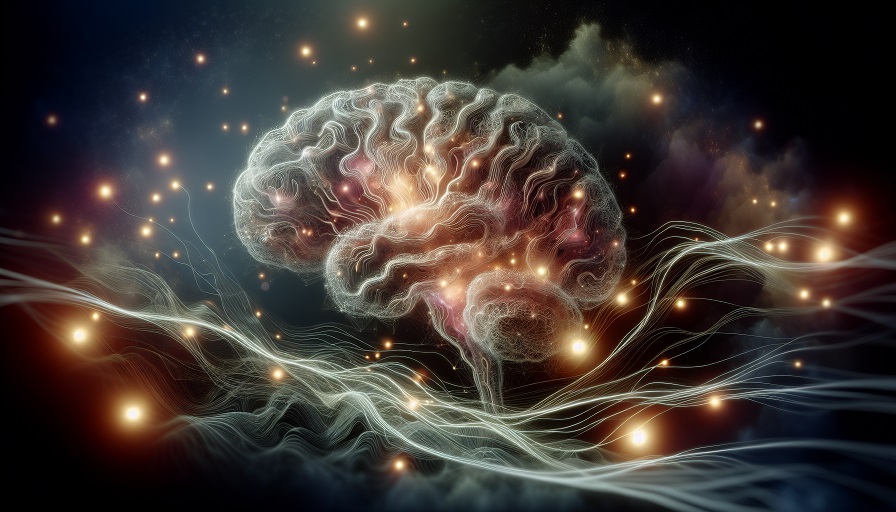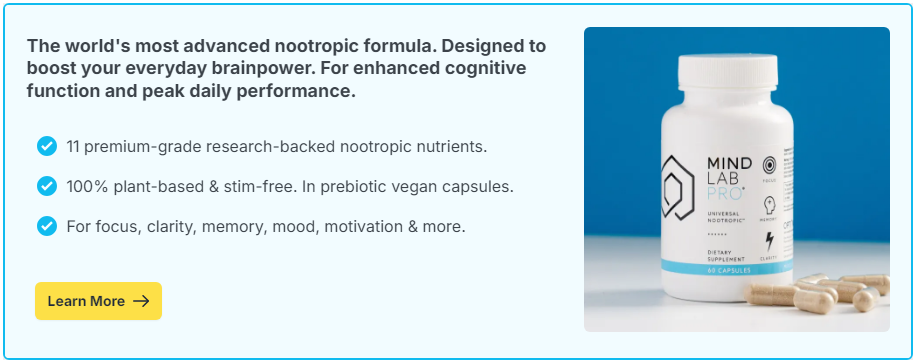
For most of my life, “calm” and “alert” felt like opposite ends of a spectrum. If I was calm, I was usually too relaxed to be truly sharp. If I was alert, my mind was often running hot – edgy, restless, and overcaffeinated. I wanted the best of both: the ability to think clearly and respond quickly without feeling tense or overstimulated.
After years of chasing energy with coffee and calming myself down with distractions, I realized there was a better way. By adjusting my habits, my environment, and how I fuel my brain, I’ve learned to maintain a mental state that’s steady yet highly focused. Here’s how I got there.
Contents
The Problem with Most “Energy” and “Relaxation” Fixes
When we think about being alert, we often reach for stimulants – coffee, energy drinks, or high-sugar snacks. They deliver a quick boost but also push the nervous system into overdrive, triggering jitters or anxiety. On the flip side, calming strategies like watching TV or zoning out can slow your mind too much, making it harder to stay productive.
The challenge is that the brain and body are wired to prioritize either the “fight-or-flight” state or the “rest-and-digest” state. Balancing them requires a deliberate mix of physical, mental, and nutritional cues.
My Four-Part Calm + Alert Framework
Through trial and error, I developed a daily routine that consistently keeps me in the sweet spot – mentally energized yet grounded. It involves movement, breathing, focus practices, and brain nutrition.
1. Movement That Activates but Doesn’t Exhaust
I start the day with light physical activity: a brisk 10-minute walk or a short bodyweight circuit. This wakes up my cardiovascular system without spiking stress hormones too high. I avoid going straight into heavy workouts first thing because they can leave me mentally fatigued.
2. Controlled Breathing
Mid-morning, I take a few minutes for coherence breathing: inhaling for five seconds, exhaling for five seconds, repeated for 2–3 minutes. This pattern balances the autonomic nervous system, reducing tension while sharpening mental clarity.
3. Strategic Breaks
Instead of powering through the day nonstop, I take short breaks every 60–90 minutes to step away from the desk. During these breaks, I avoid mindless scrolling and instead look out a window, stretch, or take a few deep breaths. This keeps my stress from building while preventing mental sluggishness.
4. Brain-Supportive Fuel
What I eat and supplement with has a huge impact on my ability to be calm and alert simultaneously. I avoid heavy, high-sugar breakfasts that cause crashes. My morning fuel is usually eggs with vegetables or Greek yogurt with nuts and berries. Alongside that, I take Mind Lab Pro – a nootropic formula with citicoline for mental energy, L-theanine for calm focus, and lion’s mane mushroom for long-term brain health. This combination gives me steady clarity without the jittery edge I used to get from relying solely on caffeine.
How This Plays Out in Real Life
One of the best tests of this balance came during a high-stakes client presentation. In the past, I would’ve been buzzing with nervous energy, speaking too quickly, and missing details. But with my calm-alert state, I was able to stay present, listen actively, and respond thoughtfully to questions. I felt engaged and energized without being overwhelmed.
Why This Works
Maintaining calm alertness is about aligning the sympathetic (energy) and parasympathetic (calm) branches of the nervous system. Movement and nutrition nudge the brain toward alertness, while breathing and micro-breaks keep the stress response in check. Over time, the brain adapts to this balanced input, making it easier to stay in the zone without effort.
Tips for Building Your Own Calm-Alert Routine
- Start the day with light movement, not a caffeine rush.
- Use breathing exercises to reset your mental state whenever tension rises.
- Schedule short breaks to avoid mental and emotional buildup.
- Choose foods and supplements that support focus without overstimulation.
- Practice during low-pressure moments so the skill is ready when stress is high.
For years, I thought calmness and alertness were mutually exclusive. Now, I see them as two sides of the same coin – both necessary for optimal thinking and performance. By intentionally training and supporting my brain to operate in this balanced state, I get more done, feel less stressed, and show up better in every part of my life.

